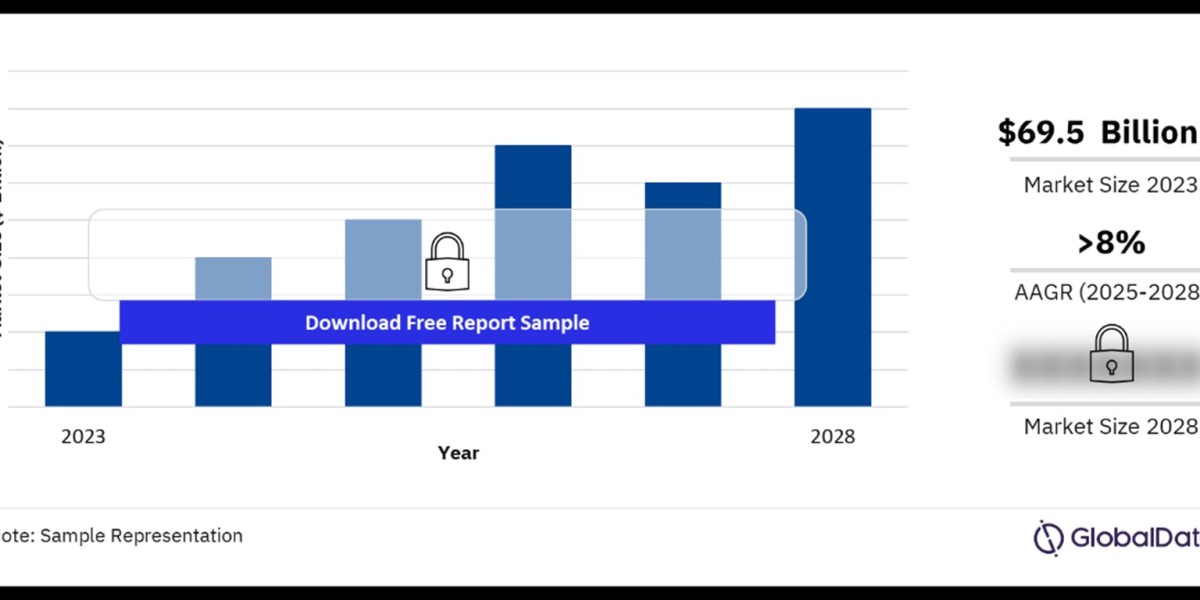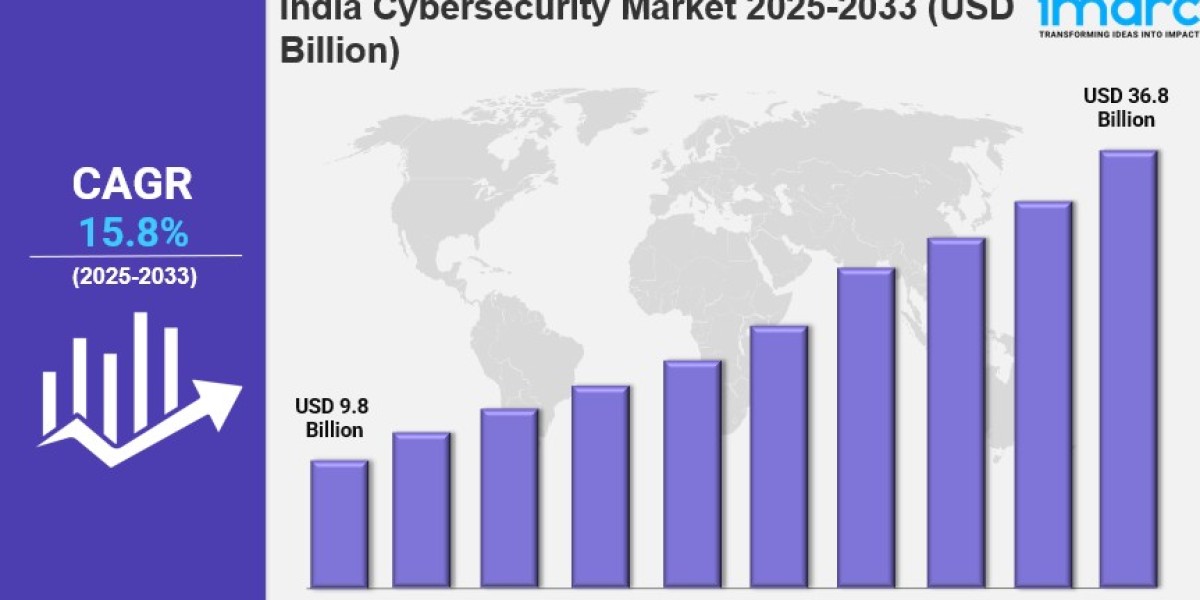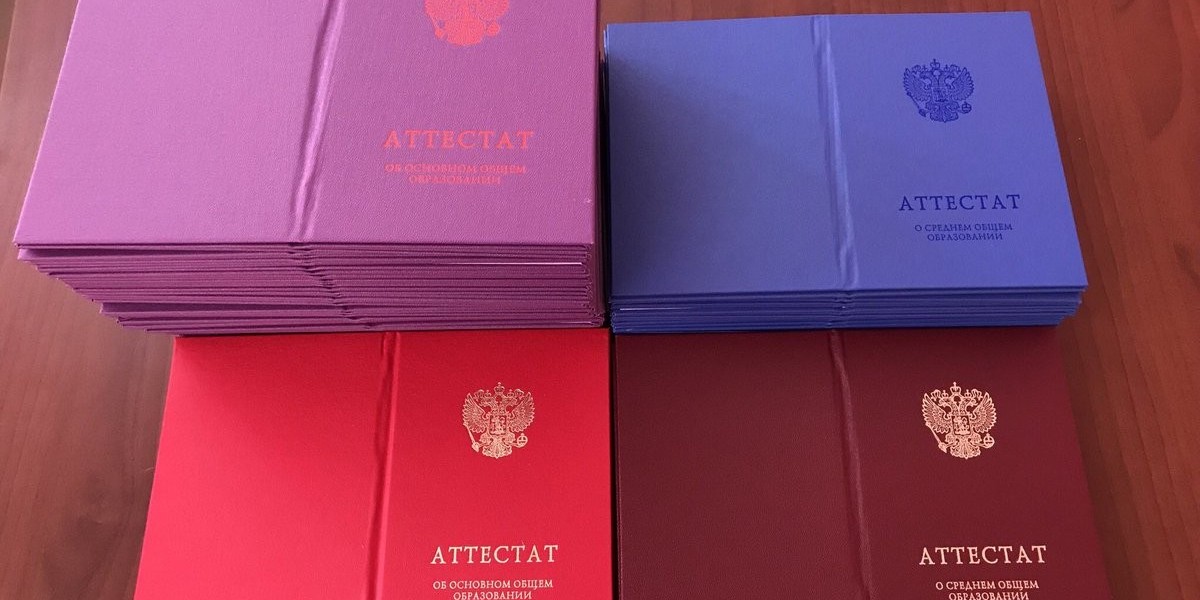Ethiopia’s construction market is one of the fastest-growing sectors in the country, driven by ambitious infrastructure projects, urbanization, and economic growth. The government’s focus on modernizing transport networks, housing, and energy systems has transformed the construction industry into a key pillar of the nation’s economy. This article provides a detailed look at the current state of the Ethiopian construction market, major trends, key players, challenges, and future opportunities.
Market Overview
The construction industry in Ethiopia has experienced significant growth over the past decade, driven primarily by public sector investments in infrastructure projects. The sector contributes approximately 7% to the country’s GDP and employs a substantial portion of the labor force. Key projects include road expansions, railway networks, dams, and real estate developments, all contributing to the robust growth of the construction market.
Key Segments of the Market:
Infrastructure Development: The Ethiopian government has heavily invested in infrastructure development, including roads, railways, airports, and ports. Major projects like the Addis Ababa-Djibouti Railway and the Grand Ethiopian Renaissance Dam (GERD) are symbols of the country’s ambitious plans to enhance its economic infrastructure.
Residential and Commercial Buildings: Urbanization and a growing middle class have driven the demand for residential and commercial buildings. Cities like Addis Ababa, Dire Dawa, and Mekelle are seeing rapid growth in real estate development, including housing complexes, shopping malls, and office spaces.
Industrial Construction: With Ethiopia’s push towards industrialization, there has been an increase in the construction of industrial parks and manufacturing facilities. This segment aims to boost the country’s export capacity and create jobs.
Energy and Utilities: The development of energy infrastructure, including hydropower, wind farms, and solar projects, plays a critical role in supporting the construction market. The GERD is the flagship project in this segment, expected to be Africa’s largest hydroelectric power plant.
Key Drivers of Growth
Government Initiatives and Investments: The Ethiopian government’s commitment to infrastructure development through its Growth and Transformation Plans (GTP I, II, and III) has been a significant driver of the construction market. The plans emphasize expanding road networks, building new airports, and developing energy infrastructure.
Foreign Direct Investment (FDI): Ethiopia’s strategic location in the Horn of Africa, combined with favorable government policies, has attracted substantial FDI, particularly from China, Turkey, and the Middle East. These investments are directed towards large-scale construction projects, including industrial parks and real estate developments.
Urbanization: Rapid urbanization is fueling demand for housing, commercial spaces, and public infrastructure. The Ethiopian government’s Integrated Housing Development Program aims to address the growing need for affordable housing in urban areas.
Population Growth: With a population of over 120 million, Ethiopia is the second most populous country in Africa. The growing population, especially in urban centers, has created increased demand for residential, educational, and healthcare facilities.
Major Players in the Ethiopian Construction Market
The Ethiopian construction market is composed of both local and international players, including government bodies, private companies, and foreign investors.
MIDROC Ethiopia: One of the largest private construction companies in Ethiopia, involved in real estate development, industrial construction, and infrastructure projects.
China Communications Construction Company (CCCC): A key player in large infrastructure projects, including road construction and the development of the Addis Ababa Bole International Airport expansion.
Sur Construction: A leading local construction company known for its involvement in major road and dam construction projects.
Ethiopian Roads Authority (ERA): The government body responsible for managing and executing major road construction projects across the country.
Challenges Facing the Construction Market
Regulatory Environment: Complex regulatory processes, land acquisition issues, and bureaucratic hurdles can delay project implementation and increase costs.
Access to Finance: Limited access to finance, high-interest rates, and foreign exchange shortages pose significant challenges to both local and international construction firms operating in Ethiopia.
Skilled Labor Shortage: Despite a large labor force, there is a shortage of skilled professionals in the construction industry. This shortage affects project quality and timelines.
Inflation and Material Costs: Inflation and fluctuating material costs, especially for imported goods, impact the profitability of construction projects. The devaluation of the Ethiopian Birr has also increased the cost of imported construction materials.
Future Opportunities
Expansion of Renewable Energy Projects: With Ethiopia’s focus on becoming a regional energy exporter, there is significant potential for construction companies in renewable energy projects, including solar and wind farms.
Smart Cities Development: The Ethiopian government is exploring the development of smart cities, which could present opportunities for innovative construction solutions, including green buildings and digital infrastructure.
Public-Private Partnerships (PPPs): There is growing interest in PPPs as a means to finance and implement large infrastructure projects, offering opportunities for both local and foreign construction firms.
Affordable Housing: The demand for affordable housing is a pressing issue, and companies specializing in low-cost housing construction will find significant opportunities in urban centers.
Buy the Full Report to Learn More about the Ethiopia Construction Market Forecast







